'BILBAO AND PAINTING' EXHIBITION AT THE GUGGENHEIM
A pictorial journey through the modernising Bilbao of the late 19th and early 20th centuries
Nearly thirty works depicting scenes from the life and customs of the Bilbao town in the late 19th and early 20th centuries could be seen at the Guggenheim Museum Bilbao in 2021. The exhibition, curated by Kosme de Barañano and sponsored by Iberdrola, brought together different painters from the period who, through brushstrokes imbued with French impressionism and the latest contemporary styles, reflect the sweeping modernisation the city underwent.
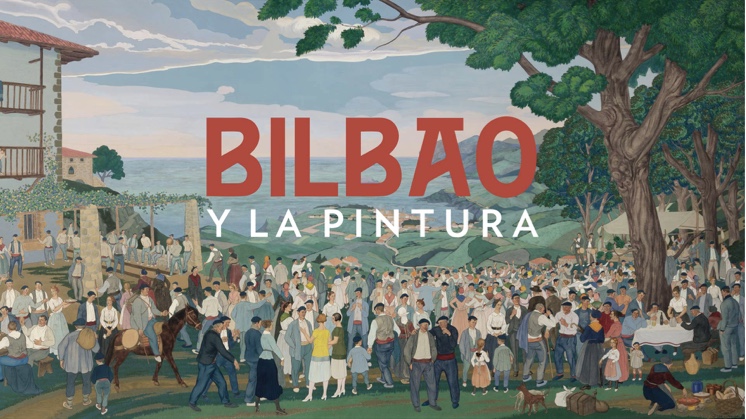
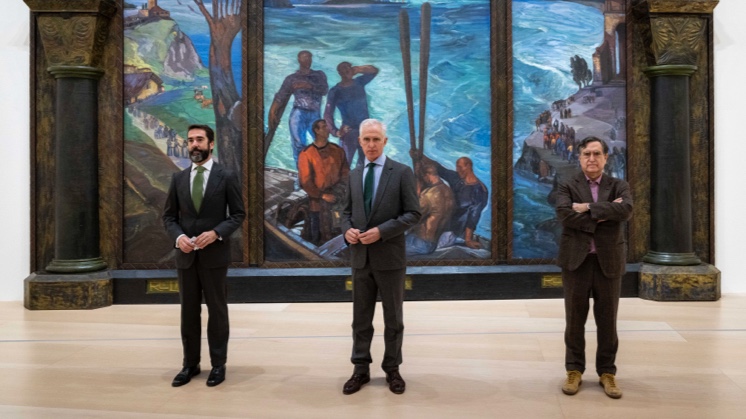
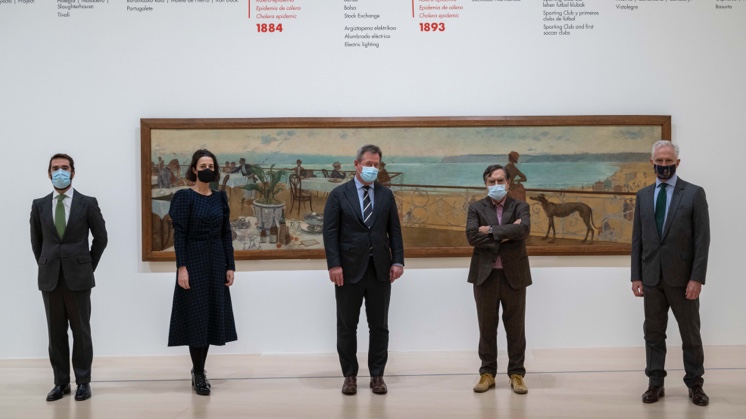
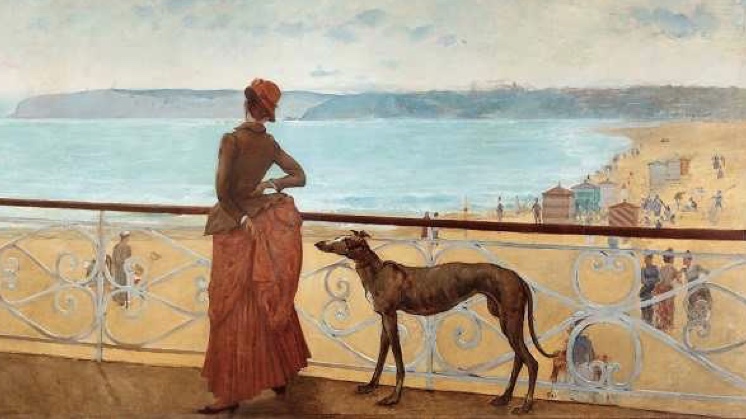
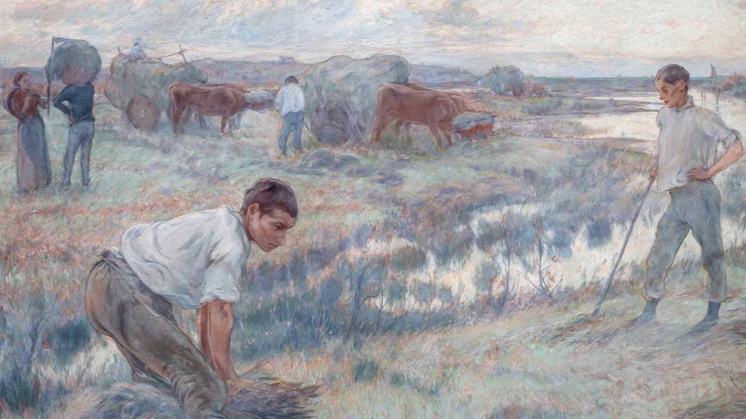
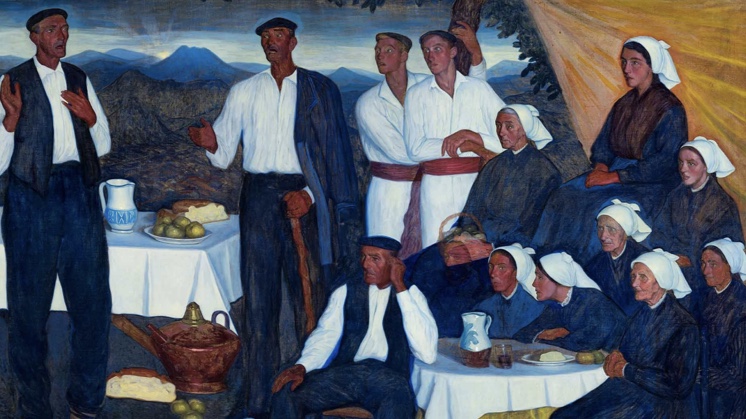
The exhibition Bilbao and Painting opened on 29 January 2021. Through various scenes of Bilbao at the end of the 19th century and the beginning of the 20th century, the exhibition offered visitors the opportunity to learn about the unstoppable modernisation process experienced by the Biscayan capital of the time, which went on to become one of the most prosperous cities in Spain.
The works, by different artists of that period, reflected the life and customs of the bourgeois and ordinary citizens. The daily chores, the boats and terraces on the estuary or the popular festivals reveal the energy and power of a city that stood out thanks to its shipbuilding and iron and steel industry and its banking, commercial and cultural activity.
Kosme de Barañano — Professor of Art History at the University of Elche and the University of the Basque Country and visiting professor at the Universities of Venice (IUAV) and Berlin (Humboldt-Universität) —, curator of the exhibition, selected large pictorial works that offered a visual overview of the town. Spread over three rooms we found a fine display of everyday scenes that incorporate the ideas of modernity from French Impressionism and the latest contemporary styles. It was not by accident that the selected painters had travelled to Paris to learn about these schools of painting.
Barañano explained at the presentation of the exhibition that the aim was "not to document but to experience the Bilbao that is changing from a village to a big city, through painting".
As an introduction, the exhibition offered large-scale photographs of the period. Among them, a portrait of the Bilbao sculptor Paco Durrio by Paul Gauguin.
In the three rooms that made up the exhibition we could see the works La Ría en Axpe and La Terraza, by Adolfo Guiard, which present idyllic visions of ships in the estuary; and others that portray the Enlightenment bourgeoisie, such as Amanecer, by Ignacio Zuloaga, Las Walquirias, by Manuel Losada, and La Fuente de la Salud, by Anselmo Guinea.
The sea was also a recurring theme, and artists such as Ramón Zubiaurre and Gustavo de Maeztu reflect its beauty and colour in works such as El Marino Vasco Shanti Andía and the triptych Tierra Vasca.
Works dedicated to the ethnographic vision of folklore and costumbrismo completed the exhibition, including Don Terencio y Chango el Txisturari, by Manuel Losada, and En la Romería, by Aurelio Arteta.
Download catalogue (Spanish version) [PDF] External link, opens in new window.
A WALK THROUGH IBERDROLA'S ORIGINS
The Bilbao and Painting exhibition reflected the atmosphere, the era and the place where Iberdrola was founded, which is why its sponsorship was of particular importance to the company.
"There are few more genuine and legitimate reasons for pride than to showcase the beauty of the place one comes from. Iberdrola is therefore very pleased to promote this exhibition."
Ignacio Galán, Executive Chairman of the Iberdrola Group
Two companies that were the precursors of Iberdrola Hidroeléctrica Ibérica (1901) and Saltos del Duero (1918), emerged in the atmosphere of prosperity reflected in the pictorial exhibition. It was a time when the combination of the cutting-edge know-how of engineers, the efforts of workers and the financial capacity of investors culminated in major projects.
The exhibition was anchored precisely in this period of modernisation, in which the society of the Biscayan capital promoted important innovations and favoured economic changes that would turn Bilbao into a modern and leading city. Values such as effort, commitment and talent broke through, and thanks to them, "today, as yesterday, Iberdrola works from Bilbao to anticipate the energy and environmental needs of society as a whole, supplying more than 100 million people around the world", says Galán.




